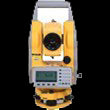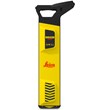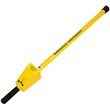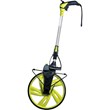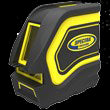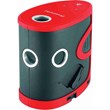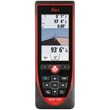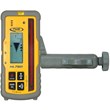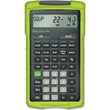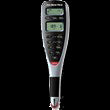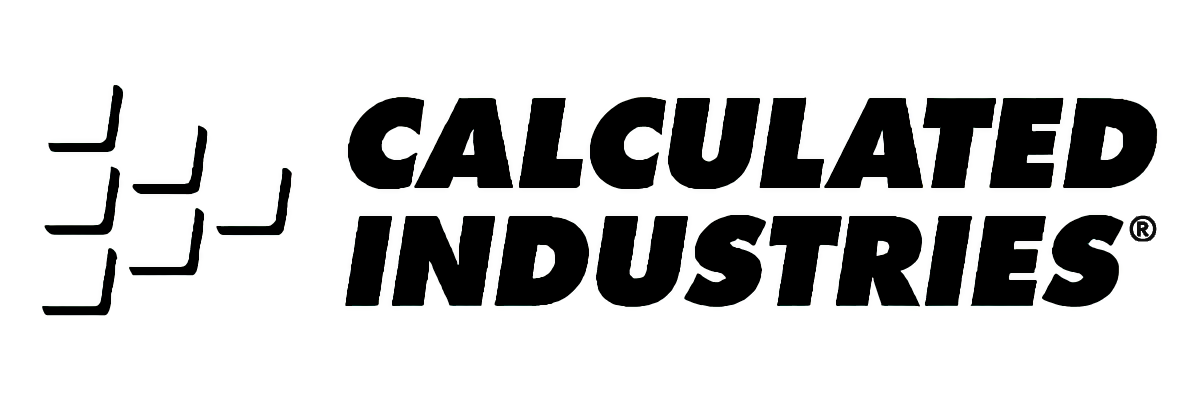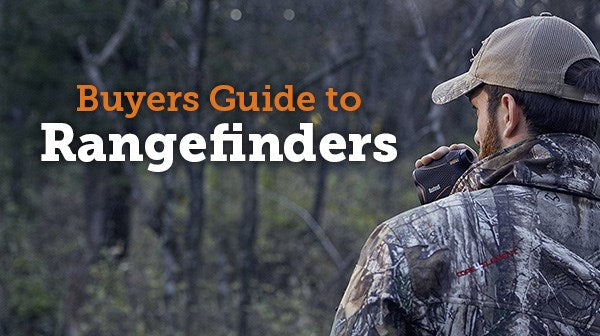
Buyers Guide To Range Finders
Which Range Finder is Best For You?
A rangefinder is a go-to tool for accurate distance measurement. There are hundreds of various rangefinders out there, and were here to help you decide which rangefinder fits you best. Here are the most common factors you should consider when purchasing a range finder:
Factors to consider when purchasing a range finder:
1. Purpose of Use
The truth is, there is no one ‘best rangefinder’ because it all depends on your use. Here are the common uses for a rangefinder:

Each of these requires different features and functionalities. For example, golfing presents different challenges than measuring tree distances. With golfing, you need a golf rangefinder that will disregard environmental distractions like a tree or squirrel and focus on the flag or flagsticks.
A forestry rangefinder, on the other hand, needs to have handy features like the ability to measure tree height and slope terrain. A forestry rangefinder is also ideally waterproof or at least water-resistant to withstand harsh weather conditions or unforeseen incidents.
Some multi-purpose rangefinders can handle multiple functions, although they are often lacking in features for a specific task or are significantly more expensive.
2. Types of Rangefinders
There are three main types of rangefinders namely optical rangefinder, ultrasonic rangefinder, and laser rangefinder.
 |
 |
 |
a) Optical Rangefinder
|
b) Ultrasonic Rangefinder
|
c) Laser Rangefinder
|

3. Range and Increment
Some rangefinders are accurate in up to 150 yards while some can be accurate in up to 2000 yards, so you need to know the range that you will be working with. Some rangefinders have difficulty in instantly adjusting from a close-range to a long-range target and vice versa, while some can switch between different distances fairly well.
The increment is the smallest unit that the distance is displayed in. Older models usually have 5 or 10 yards/meters increments while newer models have 1-yard or 1-meter increments. The smaller the increment, the higher chances it has to produce accurate readings.
4. Magnification
Magnification is the process of enlarging far-off objects to make them easier to target. Rangefinders often have 4x to 7x magnification. The longer distance you have to work with, the higher the magnification you need. For golfers and hunters, for example, it’s best to get a model with at least 5x to 7x magnification.
5. Size and Portability
You should also consider the ideal size and portability that will suit your purpose. If you’ll often be traveling, you’d want a rangefinder that’s relatively light, easy to carry, and comes with a carrying case. Also, consider if you need to attach the rangefinder on to something like a tripod. Some devices do not have a built-in tripod mount, so be sure to check out the details.
Conclusion
The key to choosing the best rangefinder is to know the purpose and where you will use it. From there, choose among the types of rangefinders and carefully research the features to make sure your needs are met.
At Tiger Supplies, we are here to help you find the best range finder for your needs. Give us a call, click to chat below, or click here for pricing and full catalog of range finders.

